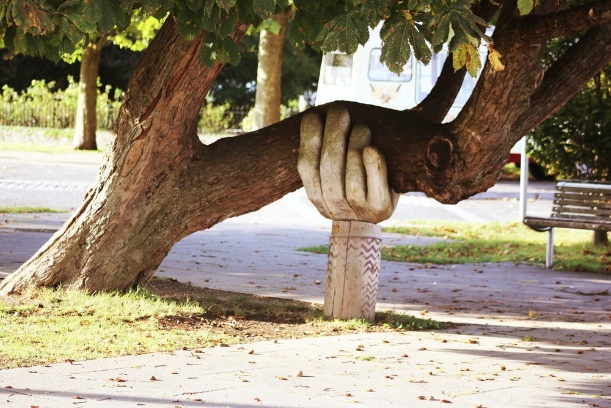Help is here ...
The statistics paint the picture here in the UK
-
1 in 5 children have experienced severe maltreatment.
-
Children abused by parents or carers are almost 3 times more likely to also witness family violence.
-
1 in 3 children sexually abused by an adult didn’t tell anyone at the time.
-
All types of abuse and neglect are associated with poorer mental health.
(Source NSPCC)
In 2019/20, there were over 22.2 thousand child abuse offences recorded by the police in England and Wales, an increase of 2.9 thousand offences when compared with the previous reporting year, and a peak for this type of offence.
(Source Statista Research Department)
In the last five years there was an average of 62 child deaths a year by assault or undetermined intent in the UK.
Children under the age of one are the most likely age group to be killed by another person, followed by 16 to 24 year-olds.
Child homicides are most commonly caused by the child’s parent or step-parent, whilst adolescent homicides are most commonly caused by a stranger, friend or acquaintance.
(Source NSPCC learning)
And the response?
The above statistics, if nothing else, should give each one of us a long pause for thought. With all the agencies and charities involved in supporting families, schools and clubs, shouldn’t we be seeing these figures going down? Or you could look at it another way, with all of the agencies and charities involved in supporting and educating families, schools and clubs, it is thanks to their involvement that the neglect of children does not go under the radar, unnoticed.
There are many ways that a child can be neglected, such as emotionally, physically, educationally and medically. These are 4 ways in which a child can be neglected as recognised by the NSPCC. There are however 2 more that are recognised in the United States and other countries outside Europe, and these are environmentally and supervisory.
We can all probably recall a child or children who were not being looked after as they should. A parent's neglect of their child is not always a deliberate act. It’s hard not to judge but do remember that situations are never one dimensional, that there are things happening that we are not aware of. Sometimes the parent or carer is having extreme difficulties that they are trying to deal with. This could be a physical, emotional or mental condition that is taking precedence over the care and attention of their child. A child in this situation can face danger very quickly. Too often, when there are parental factors such as substance/alcohol misuse, domestic abuse and mental health problems (known as the “toxic trio”), all these cause situations to change rapidly and will not necessarily have a trigger and give rise to unpredictable behaviours.
All this can indicate that children living in such environments are at an increased risk of harm. These children may not have yet come to the attention of social services or other agencies so the risk factor is even greater.
Neglected children are usually involved in household accidents such as burns, falls, and cuts. The way in which children’s admissions to accident and emergency department are documented makes the child the focal point of the care and treatment. By this, I mean there are procedures that must be followed if a child who is not mobile (i.e., a baby or a child with a disability) presents with cuts and bruises that the carer advises the medical staff were caused by a fall. There are numerous scenarios that medical staff would have been taught that directs them to a particular course of action, always with the child at the forefront. These are excellent polices but they are safety nets for when the abuse or neglect has not been previously identified.
Resources
We have many charities and agencies involved in protecting children from abuse and neglect. There are also charities that will help parents and carers before there is a case of neglect or abuse of the child, such as:
There will be charities local to a specific area, offering help and support to those children and families who are vulnerable. Agencies work alongside the Local Authority to both support and protect children who are vulnerable. The churches and the resources within this wide network include both support to families and care of children and young people.
The well quoted African saying, “it takes a village to raise a child’’ should continue with ‘’the village also protects that child’’.
We are all duty bound to speak up when we see or hear of a child or children being abused or neglected. Often, they cannot speak up for themselves, so it is our duty to become their voice.
Please remember that safeguarding is everyone’s responsibility.
Pauline Jackson
District Safeguarding Officer
Beds, Essex, and Herts District
